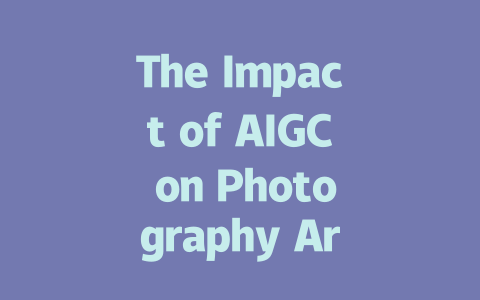
The intersection of technology and creativity has always led to significant advancements in the arts. In recent years, Artificial Intelligence Generated Content (AIGC) has emerged as a transformative force in various creative fields, including photography. This article explores how AIGC is reshaping photography art education, offering new avenues for learning, creativity, and accessibility.
Enhancing Creative Learning
AIGC introduces innovative tools that enhance the learning experience for photography students. By leveraging AI algorithms, these tools can generate images, suggest compositions, and even propose light settings based on a student’s initial ideas. This capability allows learners to experiment with different styles and techniques without the constraints of traditional methods. As a result, students can accelerate their creative exploration and discover their unique artistic voices earlier in their education.
Bridging the Gap Between Theory and Practice
Traditionally, photography education has emphasized technical skills and theoretical knowledge, often leaving students to translate concepts into practice independently. AIGC bridges this gap by providing real-time feedback and practical applications of the concepts being taught. For example, AI-driven platforms can analyze a student’s work, identifying strengths and areas for improvement, thus fostering a deeper understanding of photographic techniques and theory.
Promoting Accessibility
Access to quality education in photography has often been hindered by geographical and financial barriers. AIGC democratizes learning by making high-quality educational resources available online and at low or no cost. Students from diverse backgrounds can access tutorials, workshops, and AI-driven apps that cater to various skill levels. This accessibility not only broadens participation in photography art education but also enriches the artistic community with diverse perspectives and voices.
Fostering Collaboration and Community
AIGC tools encourage collaboration among students and educators, allowing for a dynamic exchange of ideas and techniques. Online platforms powered by AIGC facilitate group projects where students can co-create and share their work in real-time, regardless of their physical location. This collaborative spirit helps build a community of learners who support and inspire one another, fostering a sense of belonging and shared purpose.
Ethical Considerations in AIGC Utilization
While AIGC offers numerous benefits, it also raises important ethical questions for photography education. The potential for misuse of AI-generated images and the challenge of maintaining originality are crucial topics that educators must address. As students learn to incorporate AIGC into their work, they must also engage in discussions about copyright, authenticity, and the role of human creativity in art. Incorporating these discussions into the curriculum is essential for preparing students to navigate the complexities of an AI-augmented creative landscape.
Conclusion: Embracing the Future of Photography Art Education
The impact of AIGC on photography art education is profound and multifaceted. By enhancing creative learning, bridging the theory-practice gap, promoting accessibility, and fostering collaboration, AIGC is transforming the educational landscape. However, it is essential for educators and students alike to engage responsibly with these tools, ensuring that the ethical implications of AIGC are thoughtfully considered. As we embrace this new era in photography education, the future holds exciting possibilities for creativity, innovation, and inclusive learning.







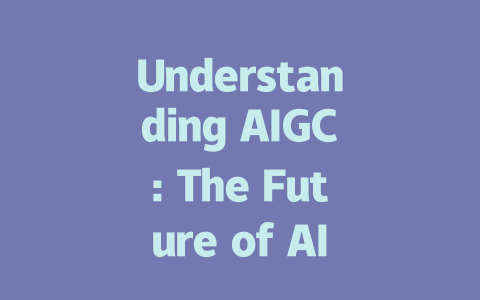
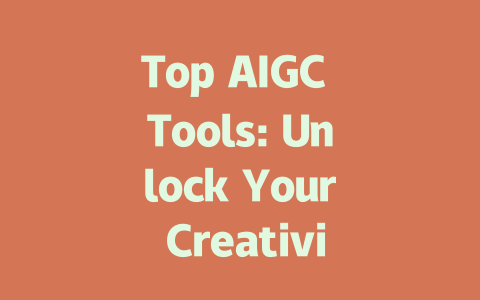
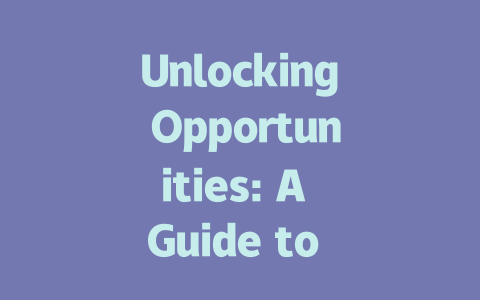
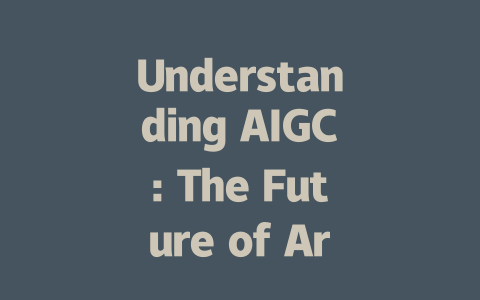
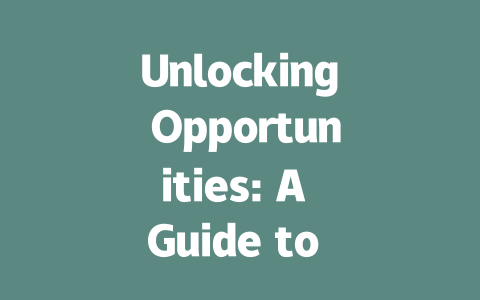
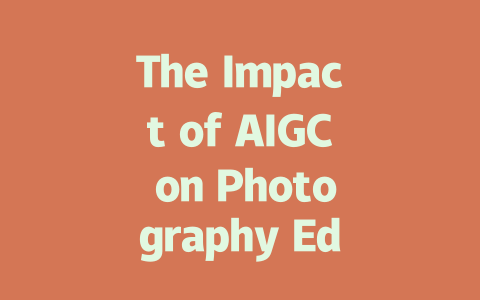

暂无评论内容